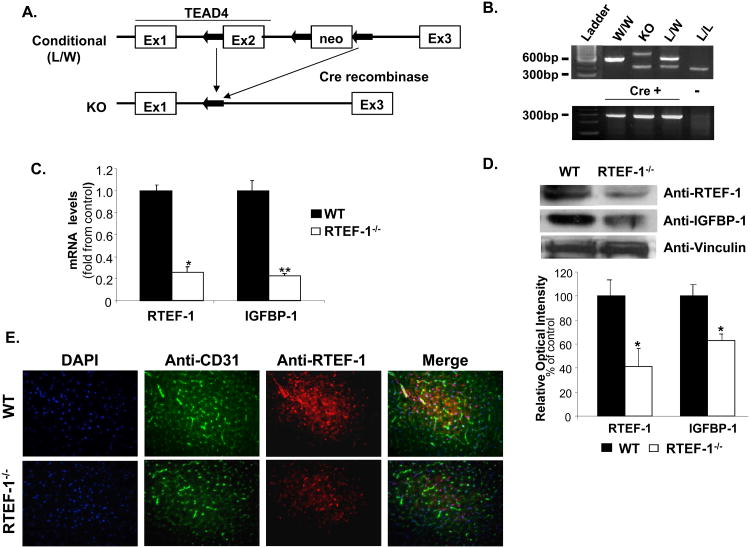Figure 1. Generation of endothelial-specific RTEF-1-/- transgenic mice.
A. Schematic of the conditional knockout (RTEF-1-/-) construct, including the Tie2Cre promoter. The conditional RTEF-1-/- line was generated by crossing homozygous TEAD4lox/lox mice with transgenic mice expressing Cre recombinase under control of the endothelial cell-specific Tie2 promoter/enhancer. B. Mice were screened by PCR to verify germline transmission C. Hearts from both RTEF-1-/- and littermate control mice were isolated and examined for RTEF-1 and IGFBP-1 mRNA levels. Results are presented in-terms of a fold change after normalizing with GAPDH mRNA ± SD (n=3, * p≤0.05; p ** p≤0.01). D. Immunoblot analysis of hearts from both WT and RTEF-1-/- (top panel) showed a significant decrease in both RTEF-1 expression and IGFBP-1 expression. Quantitative densitometry data are shown in the bottom panel, (n=3, * p≤0.05). E. Images of heart sections from WT and RTEF-1-/- mice immunostained for DAPI, CD31, together with RTEF-1. Merged images of the left and middle columns are shown in the right column with DAPI staining, showing that RTEF-1 is not present in the RTEF-1-/- endothelium (representative picture from n = 4).

